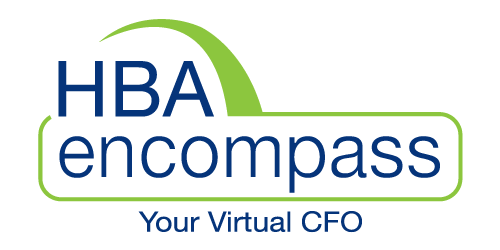Bottom line basics
March 3, 2016 7:46 am | | Categorised in: Firm journalTalking about money makes many of us uncomfortable. Sometimes we’re even conflicted about wanting to make money.
Money, after all, is one of the few things left in modern life we don’t discuss openly with even our closest friends or family members. In a business context, this discomfort with money often extends to a reluctance to deal with budgets, bookkeeping, and accounting. Most of us are intimidated by numbers. More often, we just find it unpleasant to think about bills and expenses, cash flow and profit margins, and most especially, debt.
Well, if you’re in business, you’re going to have to discuss money. And you’re going to have to be able to do so without it seeming like a report card of your character. If a customer’s bill is overdue, it’s not impolite to tell them. When meeting with a prospective client, you’re not being rude when you let them know how much you charge. When hiring a consultant, it’s reasonable to ask not only their hourly fee, but how much the whole project will cost. And to set limits.
The bottom line of business, after all, is the bottom line. Of course, some of us just feel lost when we hear people using financial terms; it seems like a foreign language. So, to make talking about money – and finances and accounting – easier, here’s a handy list of some commonly-used terms.
“Red ink” or “in the red”
On accounting ledgers, negative numbers used to be written in red ink. So the expressions “red ink” or “in the red” refer to showing a loss.
“In the black”
Positive numbers, on the other hand, were written in black ink. So if your accounts finish “in the black,” you’ve come out with a profit.
The “bottom line”
At the top of your financial statements, you list your income. You then deduct your expenses. The number you’re left with on the last line of your profit-and-loss statement is how much money you’ve made — or lost. That’s your company’s “bottom line.”
Overhead, or fixed expenses, or your “nut”
These terms refer to each month’s expenses, even if you don’t make a sale. Fixed expenses include rent, utilities, insurance, and administrative salaries. Your “nut” is the total amount of these fixed expenses.
Variable expenses
Costs that change depending on how many sales you make. In other words, if you run a sporting goods store, your rent is fixed every month, but your marketing expenses change depending on how many advertisements you decide to run.
Cost of goods sold (COGS)
This refers to what it costs you to purchase the inventory you sell or to purchase the raw materials to manufacture your products.
Revenue
Total amount of money received from sales.
Income
The amount of money received from any source. You can, for example, have money coming in to your business from loans or investments.
Profit
Money you have left after deducting your expenses. There’s gross profit or net profit.
Gross Profit
The amount of money you receive after deducting the cost of goods sold and sales commissions but before deducting general and administrative expenses.
Net Profit
The amount of money you receive after deducting the cost of goods sold, sales costs, and general and administrative expenses.
Net Loss
The amount of money you’re in the red if, after deducting all expenses from all revenue, you’ve lost money instead of having made money.
